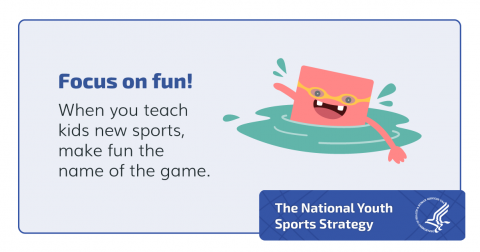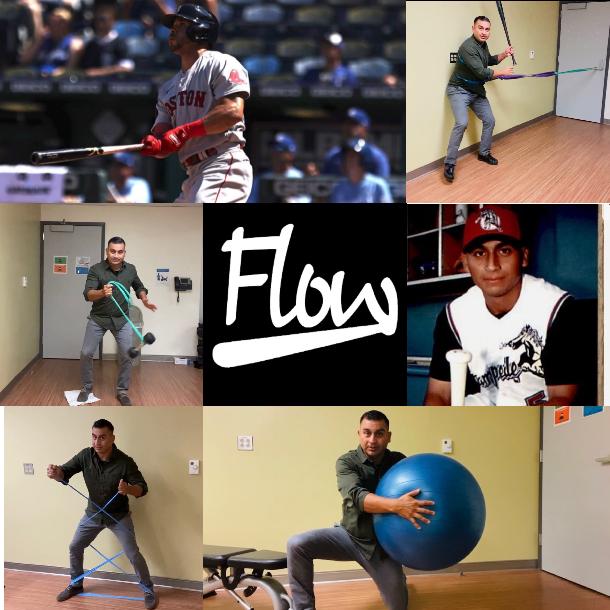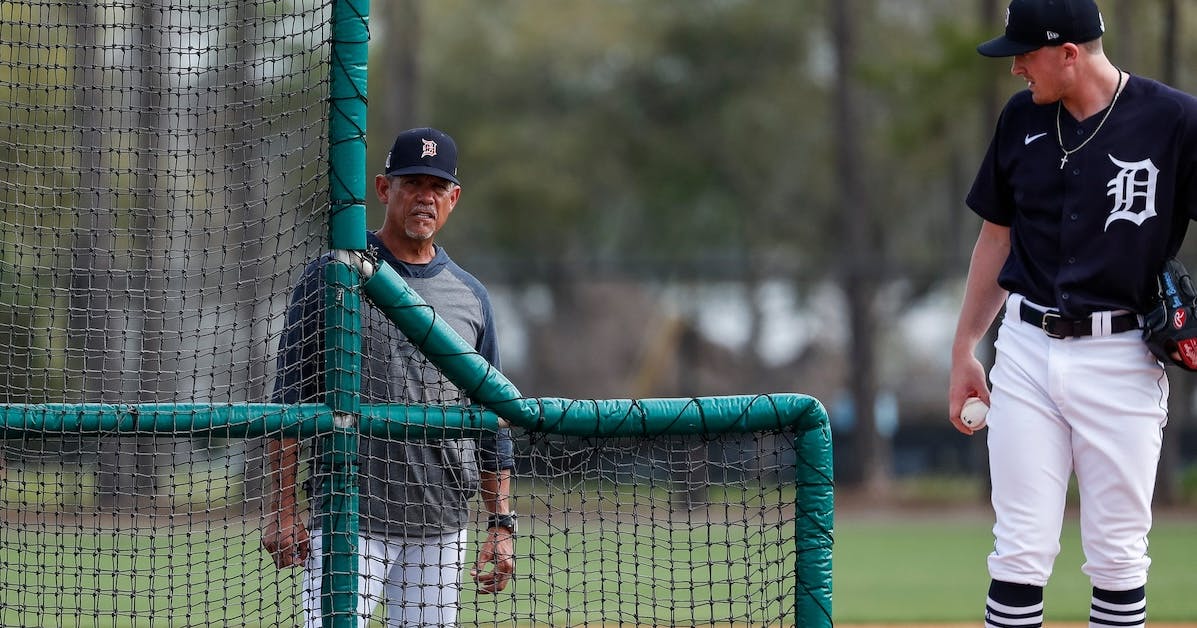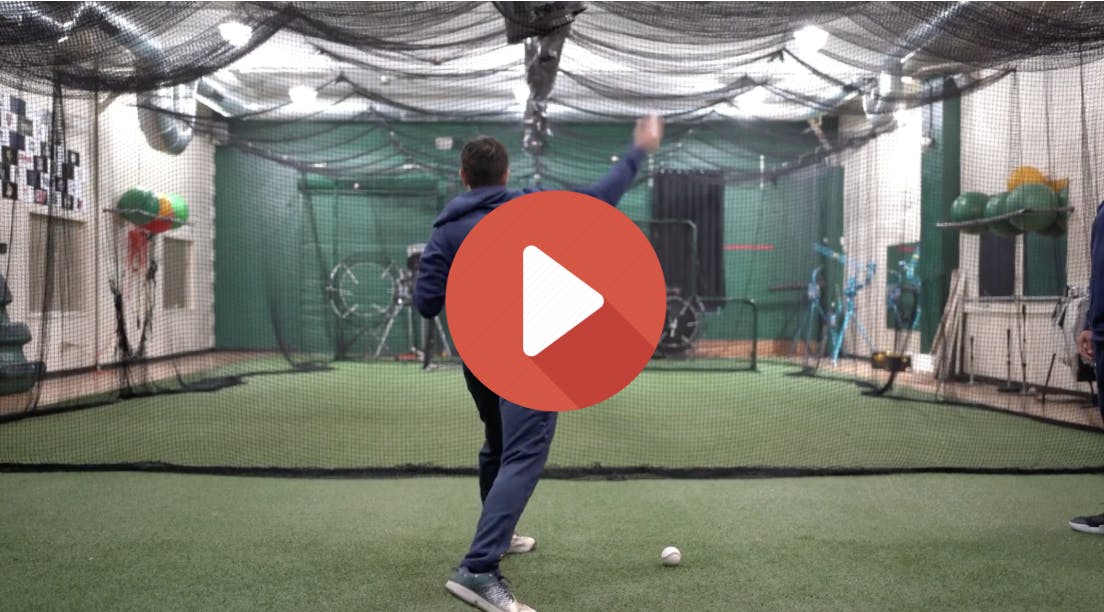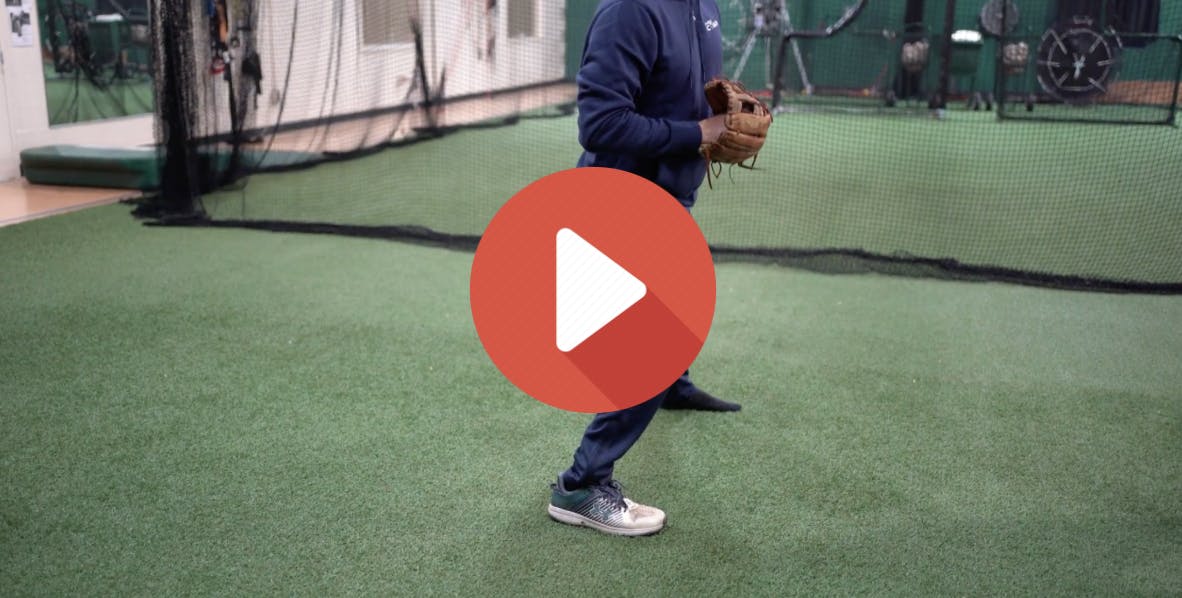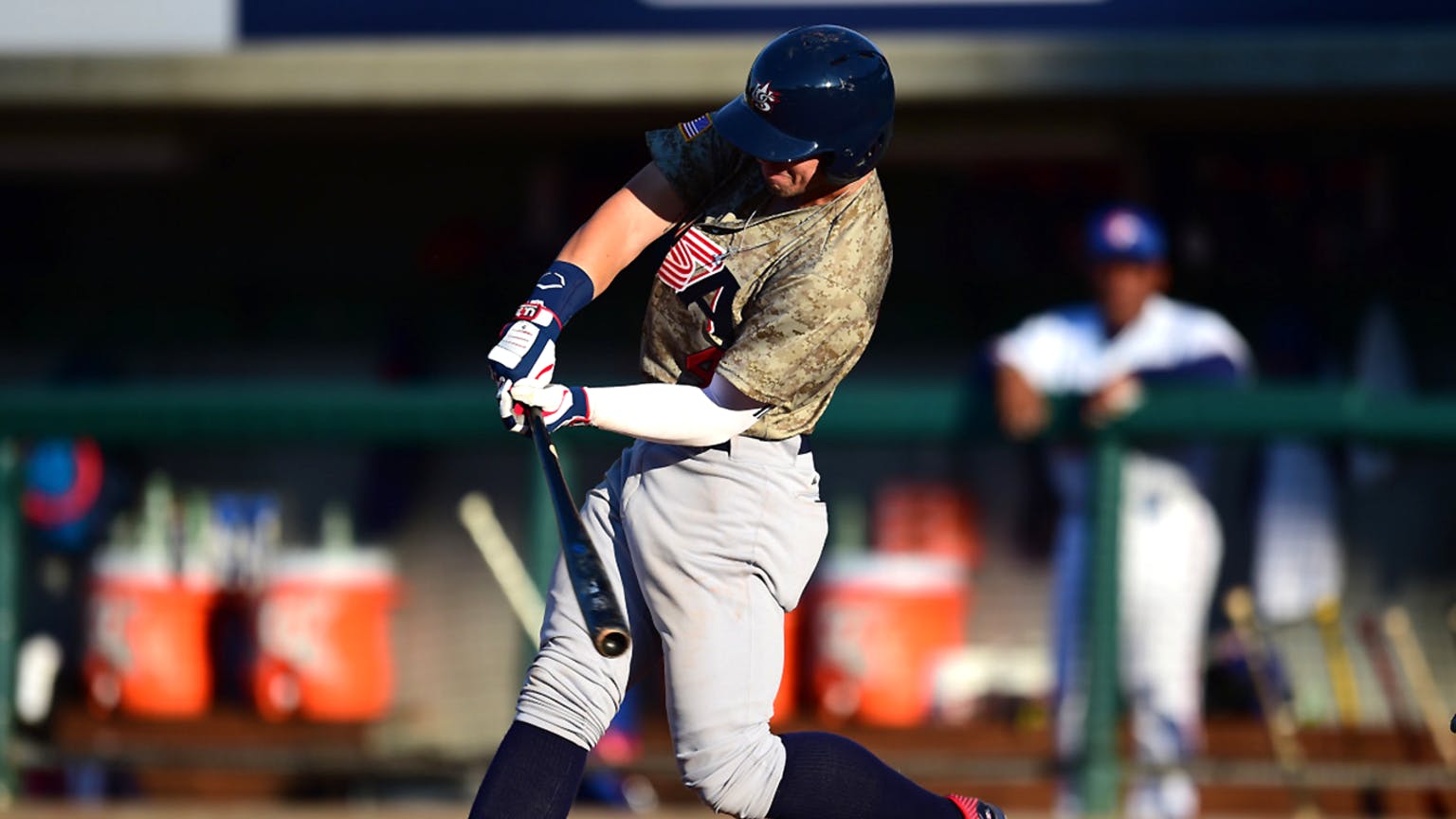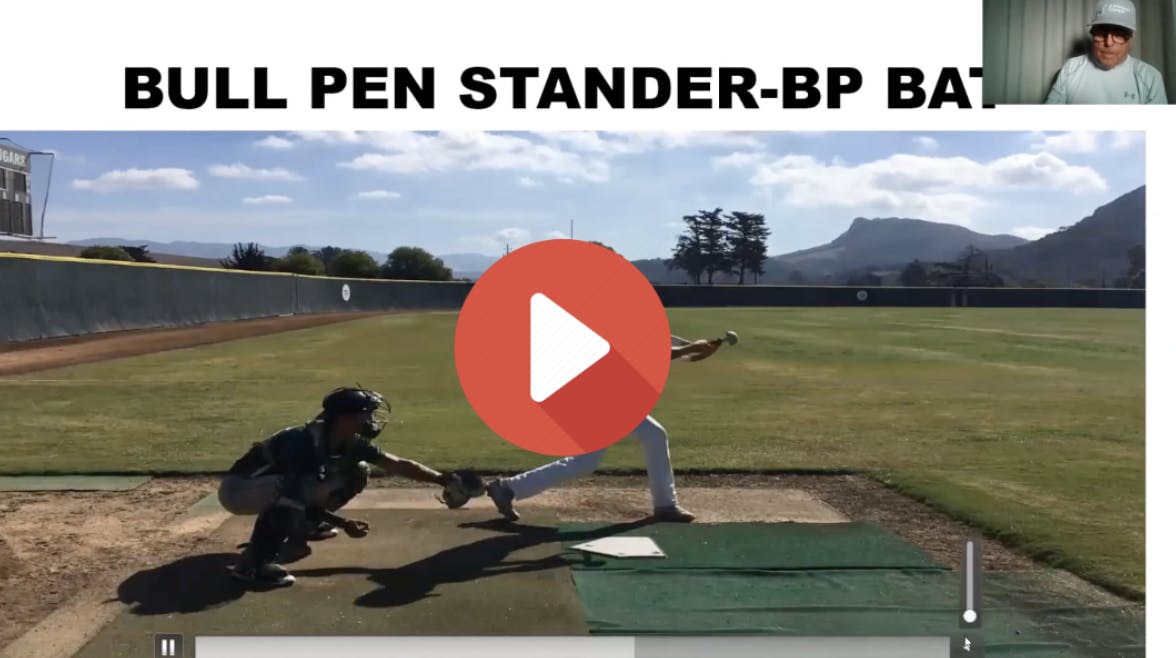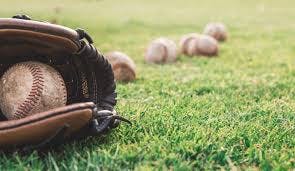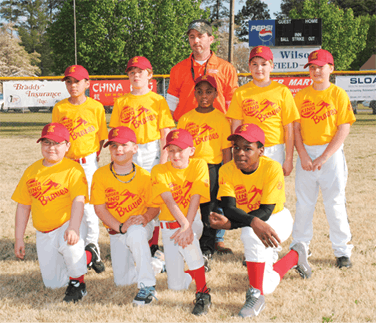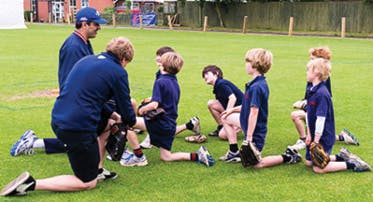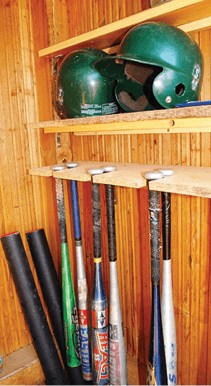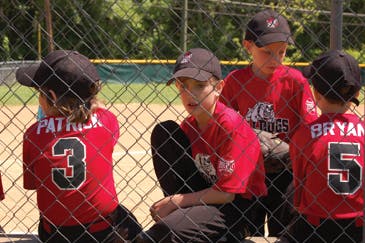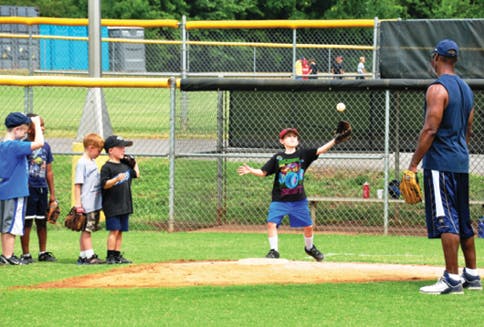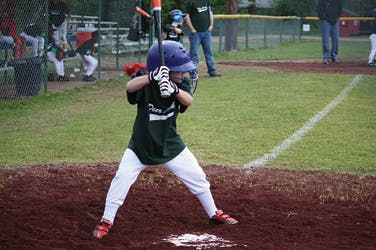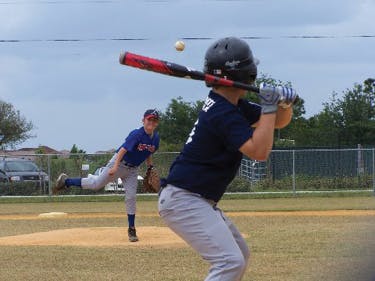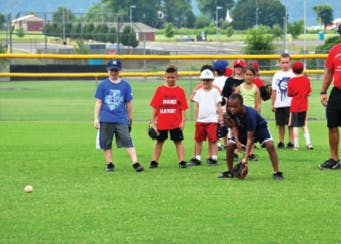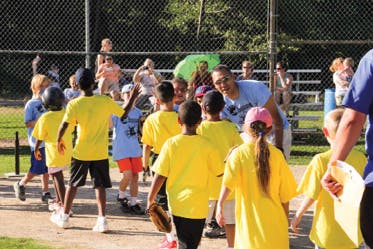Introduction
Anyone who
has coached youth baseball can tell you it’s a LOT harder than it looks.
From the top of the bleachers, sure it looks simple enough. Sub in
kids. Give them some beginner-level advice. Maybe yell at the umpire "a
few times".
But what you don’t see from the bleachers is 90% of what it takes to run
a youth baseball team. You don’t see the administration, the dealing
with parents, the practice planning, the dealing with parents, the
offseason workouts, or the dealing with parents.
Presented by Academy Sports & Outdoors.

Okay, dealing with the parents isn’t THAT bad (ignorance is such sweet, sweet bliss).
For those of you either currently involved or anticipating involvement
as a youth baseball coach, we’ve put together a comprehensive guide to
help you not only survive, but excel with your kids this season.
Whether you’re a fresh-faced newbie or a seasoned veteran, you’ll find
something of value in this guide, as we cover every single facet of
running a youth baseball team. Scroll down to start at the beginning or
skip to a chapter of your choice using the table of contents menu in the
navigation bar.
Every link in this guide is to freely available content, but since there
are some incredible resources out there for less than $50, we made sure
to link you to a few premium options we highly recommend as well – for
those looking to dig even deeper.
_______________________________________________________________________________________________________________________
Chapter 1:
How To Administrate A Youth Baseball Team
Some people choose to be youth baseball coaches.
Others have that responsibility thrust upon them. Either way, your first
thought after the team is officially placed in your hands is probably
something along the lines of... HELP ME!
There is so much to do before the season even starts, from
creating practice plans to setting player expectations. Perhaps you even
need to learn the official rules of your specific baseball league.
Every little detail is important.
And what about volunteers? You’ll almost definitely want some official
parent help along the way. How do you make that happen?
There’s a lot that goes into administering a youth baseball team. Here
are a set of ready-to-go resources that break the whole process down,
step by step.
Resources:
5 Keys Every Youth Baseball Coach Should Remember
Official Little League Rules, Regulations, & Policies
10 Important Baseball Rules for Beginners
Coaching Youth Baseball: Tips for the Parent-Coach
5 Ways to Grow Volunteer Participation
Think Like a Parent: Tips for Better Coach-Parent Relationships
5 Tips To Be a Great Youth Baseball Coach
_______________________________________________________________________________________________________________________
Chapter 2:
The Essentials To Running a Great Baseball Practice
So you’ve survived the admin and parents (thus
far) and it’s finally time for your first practice!
Nothing is better than that first day out in the sun, finally practicing
the sport itself. That is... if you know what you’re doing.
A great baseball practice really just comes down to understanding where
your team is at and what they need to work on. Depending on the age
group, you’ll also want to keep it as fun as possible while still
helping the athletes improve their skills.
Finding the right mix between disciplined skills development and simple
fun is the goal for any youth practice. With a bit of practice and an
unavoidable bit of trial-and-error, you’ll figure it out, no problem.
These resources will help you get there as quickly as possible.
Resources:
Drill Rotation – The Basic Framework For Efficient Baseball Practices
Fundamentals -- An MLB Coaching Clinic
3 Coaches Share the Keys to Running Baseball Practice the Right Way
How to Develop Well-Rounded Youth Baseball Players
How To Run A Highly Productive Youth Baseball Practice
Coaching Youth Baseball Tips
Recommended Premium Options:
Coaching Youth Baseball for Ages 5-8
Coaching Youth Baseball for Ages 9-12
Youth Baseball Practice Plans
_______________________________________________________________________________________________________________________
Chapter 3:
Everything You Need to Know About Baseball Equipment
Like any modern sport, you need some equipment to
play baseball. And you need some extra equipment for certain practice
drills as well.
Hopefully, you aren’t starting from scratch in this department, but if
you are, we have you covered. We’ve even thrown in some fundraising tips
(we got your back dawg).
But even if you have a wide selection of equipment already available,
it’s good to be knowledgeable on what you’re using, what needs to be
replaced, and what everything is for.
And for the love of all that is good and lovely, we hope your uniform
style comes pre-selected for your team. You do NOT want control over
that, trust us.
You. Do. Not. Want. That. Power.
But if it is forced upon you by the hand of fate, see the "How To Handle
Parents" guide in Chapter #1.
Resources:
Baseball Equipment List: Essential Baseball Gear Checklist
How To Choose Youth Baseball Equipment
Beginner’s Guide: How to Choose a Glove
How To Pick Out the Perfect Pair of Cleats
How To Choose The Perfect Bat
25 Unique Youth Sports Fundraising Ideas
Top 10 Youth Sports Fundraising Ideas That Will Score Big
_______________________________________________________________________________________________________________________
Chapter 4:
Offseason Workouts For Dummies
It’s said that championship teams are built in
the offseason. While this won’t apply to teams at every level, for
older, more competitive teams, offseason workouts are an integral part
of in-season performance.
We’ve included some great resources for both in-season and offseason
workouts in this section. Always remember that safety is your number one
concern, especially when working with young athletes.
It’s also important that young athletes aren’t pushed too hard until
they are both physically and emotionally mature enough to handle it.
Resources:
13 Lesson Baseball Workouts Video Course From A Division 1 Coach
Baseball Training Tips For The Off-Season
Three Baseball Offseason Strength and Conditioning Essentials
Five Crucial Arm Strength Exercises for Baseball Players & Pitchers
Optimizing Your Offseason: A Guide for Adolescent and Teen Baseball Players
_______________________________________________________________________________________________________________________
Chapter 5:
Pre-Game Warmups and Post-Game Cool Downs Your Kids Will Love
Injuries are the worst part of sports. At higher
levels, they are somewhat unavoidable, even with proper care, but at the
youth sports level, most injuries can be avoided with a solid pre-game
warmup routine.
Warmups and cool downs help athletes keep their muscles in optimal
condition. If done correctly, they can also be an enjoyable part of your
kids’ game-day routine. Create a collection of warmup exercises your
team will love using the following resources.
Resources:
8 Baseball Warmups Your Youth Team Will Love
Warm-Up & Cool Down: Great Stretches for Youth Baseball Players
Corbin Hedt - Injuries & Rehab For The Baseball Athlete
Why Does The Body Have To Cool Down After Exercise?
The Only 3 Questions You Should Ask Your Player After A Game
How To Cool Down After A Baseball Match
_______________________________________________________________________________________________________________________
Chapter 6:
Batting Drills & Techniques That Get Results
At the end of the day, coaching is all about
helping kids improve their game. And that means helping them master the
essential baseball skills.
Batting is one of the primary skills every young player needs, and the
best way to help them improve is through teaching proper batting
technique and running them through effective batting drills.
Batting is a full-body movement. From head to toe, every muscle
contributes to a successful swing. These resources will help you teach
your kids to drastically improve their batting game and maybe even
master the art of the swing.
Resources:
The Best Way To Learn How To Hit a Baseball
How To Develop Explosive Bat Speed
Youth Baseball Instruction: Advancing from T-Ball to Live Pitching
ProSwing`s Fundamentals to America`s Past Time
How to Properly Bunt in Baseball
Recommended Premium Options:
Coaching Baseball - Power Hitting
The Swing Worth Millions
The Complete Guide To Hitting For Beginners
Coaching Youth Baseball: Power Hitting
_______________________________________________________________________________________________________________________
Chapter 7:
How to Teach Your Kids to Pitch Like Paul Skenes
Pitching, like hitting, requires good technique,
practice and body control. It’s important that you, as the coach, teach
your kids the correct way to pitch and the correct way to rest the arm
after pitching.
It’s also good to keep in mind that pitching is one of the more
difficult skills for young athletes to learn, which is why tee-ball is
preferred for younger ages. Be patient and prioritize proper form over
immediate results.
Resources:
Pitch Like The Pros – Video Course by Pittsburg Pirates Pitching Coach
Developing a Youth Baseball Pitcher
How to Cultivate Confidence Within Your Pitchers
Understanding The Different Types of Pitches
Pitching from the Stretch with Mike Scott
Little League University - Pitching Drills
Tips for Young Baseball Pitchers to Avoid Injury
Recommended Premium Options:
Pitching To Win With Your Fastball – 76 Lessons From Rockies’ Coach Jerry Weinstein
Pitching Mechanics & Drills – Mastering The Delivery
How To Throw More Strikes With Sport Psychology
_______________________________________________________________________________________________________________________
Chapter 8:
Baseball Fielding Techniques That Will Carry Your Season
For youth baseball, fielding is the most
important part of your team’s defensive effort. If your kids can’t field
the ball, your team won’t go anywhere. The single best way to coach up a
winning youth baseball team is to minimize errors on game-day.
Like batting and pitching, training your kids to field well consists of
demonstrating the proper technique and then drills, drills, drills,
drills, and more drills!
Teach fielding to your team first and practice it as often as possible.
You can use any of the fantastic drills and strategies outlined in the
below resources. Whatever you do, trust us when we say that it’s
impossible to over-practice fielding.
Resources:
How To Field A Ball Like A Pro
How Baseball Works: Fielding By Position
Tips to Be a Better Infielder
The 6 F`s of Fielding with MLB Coach Perry Hill
Backing Up Play From the Outfield
Footwork For Fielding Grounders
Recommended Premium Options:
The Basics of Fielding for Youth Baseball
Ultimate Infield with Perry Hill
George Horton’s Guide To Infield Play
Outfield Play: The Defense’s Secondary
_______________________________________________________________________________________________________________________
Chapter 9:
The Non-Vicarious Way To Manage a Youth Baseball Game
It all comes down to this. You’ve practiced.
You’ve prepared. You’ve maybe even cried a little (this is a
judgement-free zone).
It’s GAME DAY!
As head coach, you are responsible for managing every aspect of this
game, from pre-game warmups to post-game snacks. Whatever you do, DON’T
FORGET THE SNACKS!
You’re in charge of an entire team. The key is to stay organized and
have fun. Simply understanding the basic framework is half the battle,
and if you completely screw up game #1, you’ll be a seasoned veteran by
game #2.
Resources:
Game Day Advice for Youth Baseball Coaches
Top 10 Mistakes Every Youth Baseball Coach Should Avoid
Using Signs with Youth Baseball Players
Team Culture – Balance of Criticism and Encouragement
30 Healthy Options For Game Day Snacks
